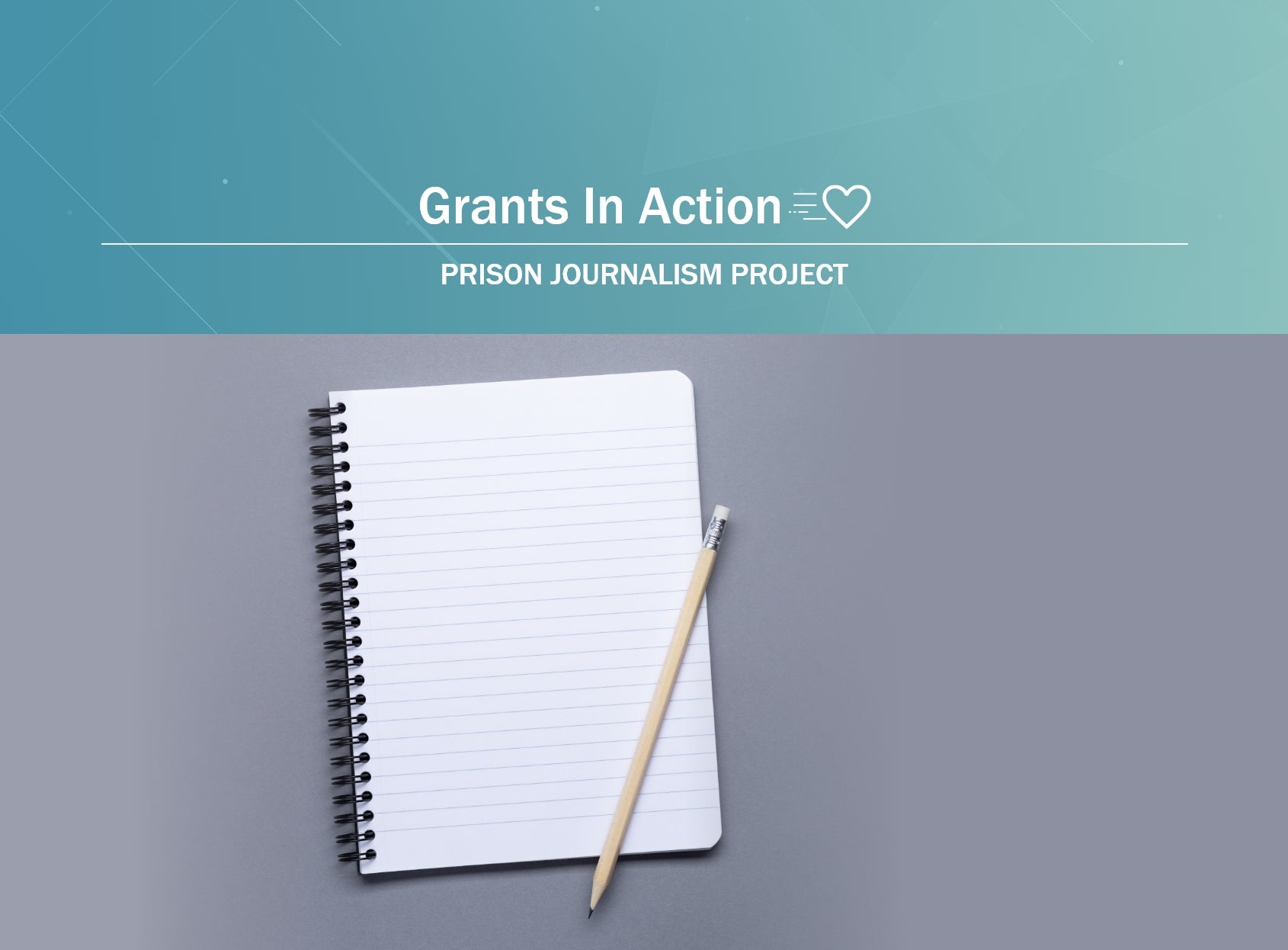Looking at Incarceration Through the Lens of Those Who Live It with the Prison Journalism Project

Stories about prison life, both fictional and based in reality, have long captivated us—from blockbuster movies and viral television to real-life exposes and podcasts. As prevalent as the pop culture lens on incarceration continues to be, the awareness that Americans have about the circumstances most people behind bars face can be very different.
Since 2020, the Prison Journalism Project (PJP) has been working to bridge this gap by publishing stories, articles, poems, illustrations, artwork, audio and more created by incarcerated individuals. With a slate of more than 650 incarcerated writers from over 200 prisons across 38 states, PJP has published over 2,000 pieces to date, with a wide scope of topics including mental health, race and identity, women in prison and life in prison.
Marcia Maziarz, the VP of Development for PJP, says that giving incarcerated individuals this outlet is a chance for them to “be heard and to be taken seriously” and serves as a reminder that “people shouldn’t be judged simply on the worst mistake they’ve made in their life.” Maziarz says the impact of giving voice to their unique perspectives is already making a difference, with some readers feeling motivated to advocate for true legal reform.
With high incarceration rates in the U.S. population (for every 100,000 Americans, 530 are incarcerated), Maziarz points out that it’s equally important to consider recidivism rates and the positive role that writing can factor into all of this. (As she puts it, when people are released, “there is very little rehabilitation done to decrease recidivism.”)
Thanks to efforts like the organization’s Prison Newspaper Project and J-School educational programming, Maziarz notes that incarcerated citizens are gaining invaluable skills like individual accountability and effective collaboration, which benefits their overall personal and professional development.
Like any independent journalism outlet, PJP relies on the support of donors to get these meaningful, but otherwise-overlooked stories out into the world. Gifts and donations made to PJP not only go towards organizational operations, but they allow qualifying incarcerated writers to be paid a small fee for their work. “We feel that their time is valuable, and they should feel that their time is valuable,” Maziarz says.
Thus far, PJP has received grants from donor-advised funds (DAFs) ranging from $250 to $10,000. Maziarz says that this kind of support, with unrestricted giving in particular, has been essential “because it allows us to pivot when things like the [COVID-19] pandemic happen.”
With just three years under its belt, the nonprofit can still be considered something of a startup, so Maziarz says this is a pivotal moment for donors to make their own voices heard in this effort “so we can be truly sustainable and enable us to work with so many more incarcerated writers and get so many more stories out there.”
Additional reporting by Betsy Watson
Photo courtesy of Eddie Herena
NPT is not affiliated with any of the organizations described herein, and the inclusion of any organization in this material should not be considered an endorsement by NPT of such organization, or its services or products.
NPT does not provide legal or tax advice. This blog post is for informational purposes only and is not intended to be, and shall not be relied upon as, legal or tax advice. The applicability of information contained here may vary depending on individual circumstances.


